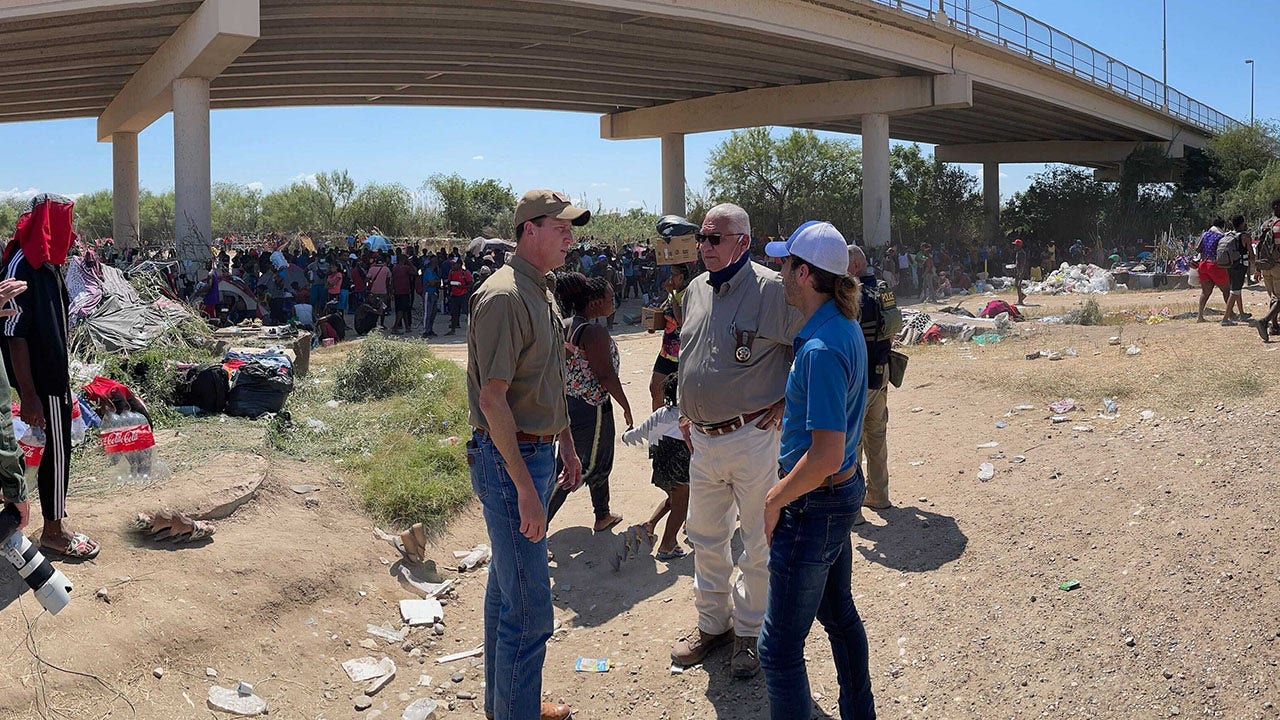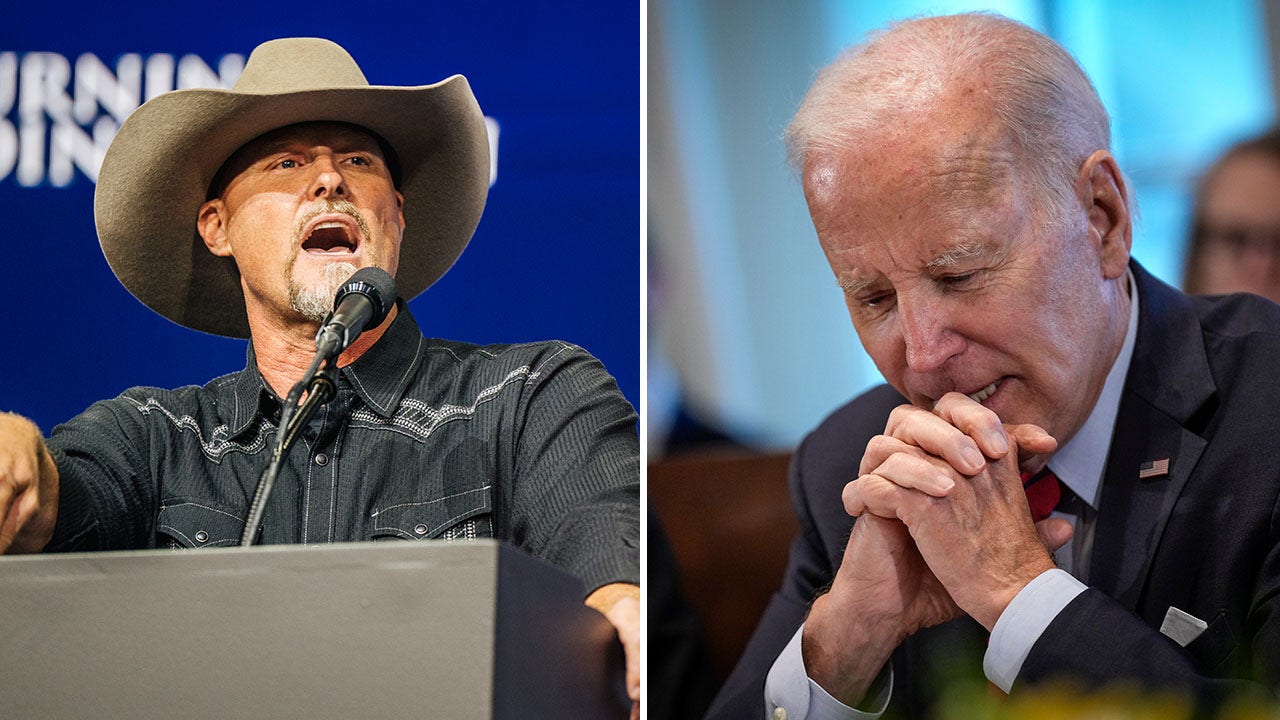Forestry firm says killed worker at fault
Justice
In a rare private prosecution over the workplace death of a young forestry worker seven years ago, the employer defended its procedures and blamed the worker, writes Rebecca Macfie
Forestry contractor D G Glenn Logging was a long-standing operator that performed “above the expected requirements” of the industry in terms of health and safety, and yet seven years ago Niko Brooking-Hodgson was killed on the job, and only luck saved a second worker from being killed or severely injured in the same incident.
D G Glenn maintained swathes of policies and protocols for managing the enormous hazards of logging pine plantations, including monthly audits of workers. But this paperwork did not save Brooking-Hodgson from the 40m length of wire rope and 9 kg shackle that spang free from a snag in the clear-felled forest and came at him up a steep slope, flicking backward and forwards.
Brooking-Hodgson was an athletic 24-year-old with 16 forestry Unit Standards and seven years of experience. In DG Glenn’s Crew 65, he was a breaker-out – one of the most dangerous jobs in a dangerous industry, hooking felled trees to strops so they could be mechanically hauled to a skid site. As head breaker-out, he was in charge of the process. But he had no command of the forces unleashed when the shackle and rope sprang free.
The company and its experts allege he was at fault for standing in a forbidden place – in the bight of the haulage rope. Yet there was no safe place within the reach of that flailing uncontrolled length of wire and hunk of steel.
His co-worker, a trainee who had been on the job only four days, was not in the bight, but he was forced to dive to safety and incurred a minor injury.
These are the facts at the heart of a rare health and safety private prosecution, brought by Brooking-Hodgson’s father, Richard Brooking, against D G Glenn Logging, a company with 200 workers that contracts with Pan Pac Forest Products.
Niko Brooking-Hodgson had been working for the company for 11 months when he was killed in Pohokura Forest in Hawkes Bay on August 22, 2016.
Richard Brooking’s private prosecution follows WorkSafe’s decision not to take action under the Health and Safety at Work Act, a decision he has never accepted.
The case concluded yesterday after three days of evidence before Judge Geoff Rea in the Napier District Court. Judge Rea has asked prosecution and defense lawyers for written closing submissions and has reserved his decision as to whether the company is guilty of failing to meet its obligations under the Health and Safety at Work Act.
Among the witnesses to give evidence was the trainee breaker-out who was with Brooking-Hodgson in the moments before his death. The worker, who has been granted permanent name suppression, with two other workers from Crew 65, described walking back up the harvested hillside after smoko with Brooking-Hodgson, who he described as “a good fella”.
The trainee had worked as a shearer and came to forestry for a change of employment. He described Brooking-Hodgson’s emphasis on safety, teaching him “where we could stand, where we have to be, not allowed to do this, not allowed to do that.”
As they walked back up, Brooking-Hodgson had chatted about his daughter, then aged three, and about the task ahead. The last logs had been dragged off the harvested section of forest, and in co-operation with the hauler driver more than 300m away across the valley, they were about to undertake a process called line retrieval – winding the wire cable back across the valley, and removing “blocks” (pulleys) from anchoring tree stumps, so that this equipment could be carted by the rope back up to the hauler. After this was done, everything would be moved to a new setting.
The two workers were able to see the wire rope moving. The expected procedure was that when the shackle approached the first pulley, Brooking-Hodgson would instruct the hauler driver to stop the rope, which would release the tension enabling the pulley to be lifted from the stump. Brooking-Hodgson and the hauler driver were communicating about the task via a radio transmitter.
The wire then stopped moving, having become snagged down the hill. Brooking-Hodgson and the hauler driver talked about how to resolve it, including revving the engine to see if it would come free. This was unsuccessful. The trainee heard Brooking-Hodgson tell the hauler driver to slacken off the rope, and that he would go down and find out what was happening.
A few moments later the trainee could see Brooking-Hodgson down the hill, in the bight of the rope having a look, “and then he spun around and starting walking up”. The trainee could hear the conversation on the RT between Brooking-Hodgson and the hauler driver.
The trainee could then see the rope “pinging”. Brooking-Hodgson presumably also heard the sound, because the trainee could see him turn to look and try to jump to the side. The trainee at the same time saw the shackle and rope airborne and leaped from the stump he had been standing on. When he got back on his feet – in shock, and with his ears ringing – he stood back up on the stump and could see that Brooking-Hodgson had been hit, and had been thrown a distance up the hill by the force.
The trainee rushed down to his injured workmate. He hadn’t been given his own RT that day, and tried to raise the alarm using Brooking-Hodgson’s but couldn’t get it to work. He waved and shouted across the valley, alerting the hauler operator and foreman that something was badly wrong.
Brooking-Hodgson died at the scene, having suffered catastrophic head and chest injuries from the impact of the shackle and rope.
The trainee told the court of suffering badly in the aftermath from anxiety and panic attacks and being unable to sleep. “I didn’t know what they were, and I didn’t know how to tell anyone that I was.”
He told the court that he was still “hard into [his] anxiety thing” when interviewed by WorkSafe inspector Casey Broad more than two weeks later. Under cross-examination from D G Glenn’s lawyer Chris Shannon, he said he had withheld information about the communication he had heard over the RT between Brooking-Hodgson and the hauler driver “because I wanted to hurry up and get out of there, so I didn’t want to answer, go into all that stuff and then have to sit there for longer, and so I just said ‘no, I didn’t know’, but I did.”
He never went back to work with DG Glenn, or with any other forestry company.
The trainee was challenged by Shannon as to the accuracy of his recall of events seven years on, and the disparity with his interview with WorkSafe. But he defended his memory, saying: “When you’re standing there on the spot aye, it stays with you forever.”
His evidence contradicts that of the hauler operator, who told the court there had been no word over the RT from Brooking-Hodgson since his instruction that the last log had been dragged and that it was time to put the shackle on the rope and begin winding it in for the line retrieval.
The hauler driver said he had seen from his cab that the rope had snagged on a large piece of wood, which then rotated, freeing the line. He had then radioed Brooking-Hodgson to say “It’s all good, all clear”. He told the police after the accident that he had then stopped winding in the rope, but his evidence in court was that he had continued winding slowly. He was unable to see either Brooking-Hodgson or the trainee during this time.
The court heard extensive evidence of D G. Glenn’s workplace health and safety systems, including its lengthy hazard register, monthly audits, and worker inductions. Lance Hare, a 42-year industry veteran, appeared as an expert witness, having been engaged by D G Glenn’s lawyers when he was a self-employed forest harvesting trainer and assessor. Since late last year, he has been employed by D G Glenn as operations manager.
He told the court his overall impression of D G Glenn’s procedures at the time of Brooking-Hodgson’s death was that they were “above the expected requirement of the industry”. He did not identify any “definitive” failings.
Although line retrievals happened frequently – every one or two months – no specific industry or company rules were setting safe practices at that time, although the risks of working around ropes under tension were well documented, and snagged ropes were common.
Witnesses for DG Glenn repeatedly said Brooking-Hodgson was at fault. Hare agreed with a question from Chris Shannon that “one of the issues was that Niko was in the bight of the rope, which is the danger area, and that if he hadn’t been there he might have been okay”.
Pan Pac’s operations manager, Damon Wise, also said Brooking-Hodgson had put himself in a position of danger by being in the bight. But under cross-examination from Brooking’s lawyer, Fletcher Pilditch KC, he said the rope had snagged about 40m away from where Brooking-Hodgson lay after being hit. Wise acknowledged that when the rope suddenly released from the snag, 40 meters of the cable would have traveled up the hill with speed and force.
Pilditch put it to him that therefore there were “any number of possibilities in terms of the exact way and the exact path that the cable would take. Where it goes and how it travels would be unpredictable.” Wise agreed.
That being the case, said Pilditch, “in terms of unsafe places, that could be anywhere within a range of the path that the shackle and rope took going up the hill”.
Wise: “The most unsafe place was in the bight.”
Pilditch: “The bight of the rope is not the only unsafe place to be when the tension is released, is it?”
“Absolutely,” agreed Wise.
He said since Brooking-Hodgson’s death, Pan Pac had brought in a minimum safe distance of 15 meters. Before this, there was no stipulated safe distance during line retrievals.
Wise said the industry had not previously seen line retrieval as a risky task – even though it involves moving ropes – as there had not been any previous incidents. Best practice guidelines have been developed since, and Pan Pac’s internal investigation into the accident recommended changes including developing a Standard Operating Practice (SOP) for line retrieval.
After battling for seven years to have the circumstances of his son’s death heard in court, Richard Brooking told Newsroom yesterday that he would accept the verdict of the court, whichever way it went. “I’ve taken it as far as I can.”
On Monday morning this week, before driving down to Napier from Te Araroa – a six-hour journey – he had visited his son’s grave at Paerauta Marae for a karakia. “I’ve had enough of blaming the dead guy,” he said of the common pattern in forestry deaths of investigators concluding that the victim was the author of his demise. “It’s the first place they start looking.”





